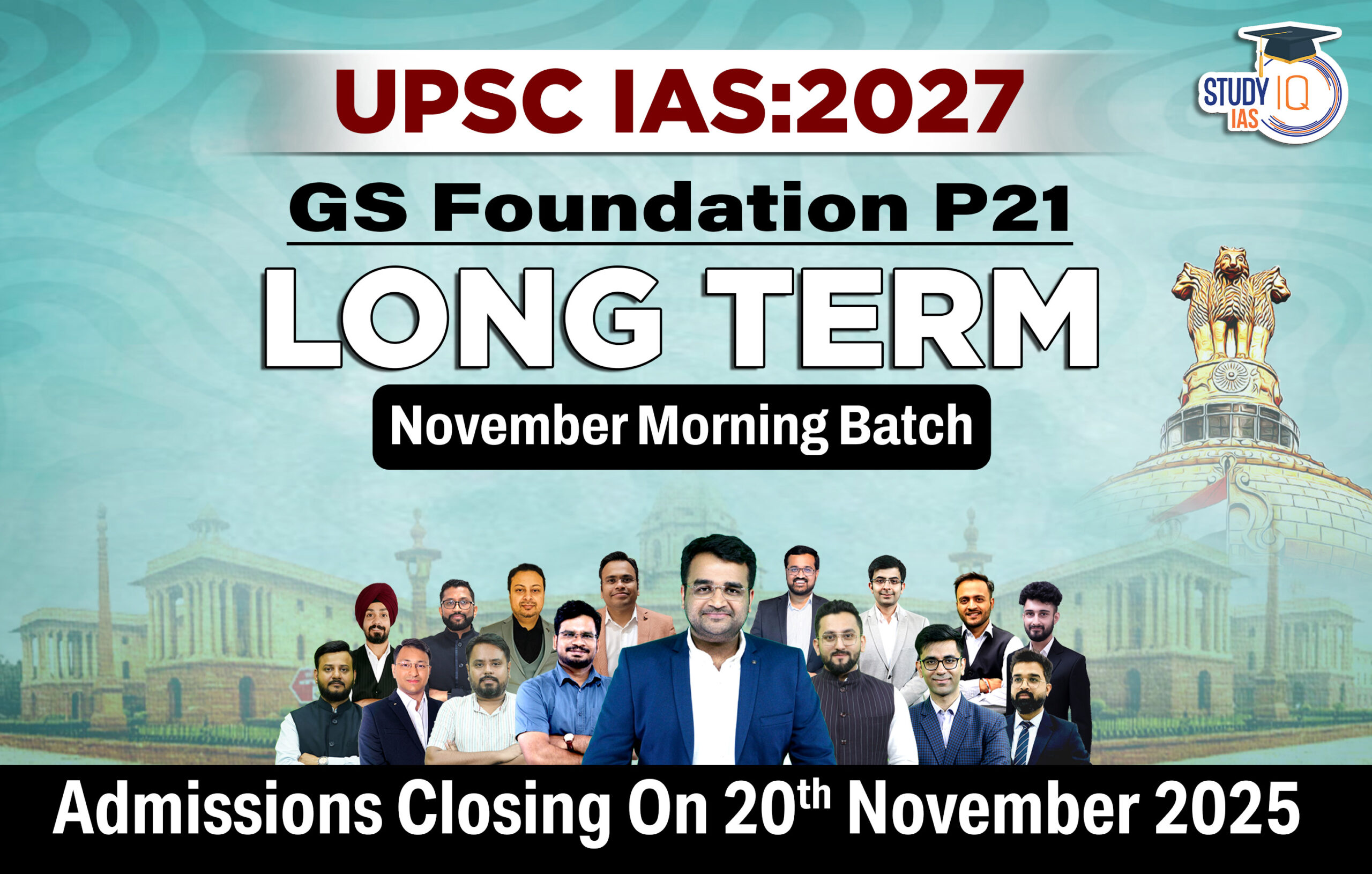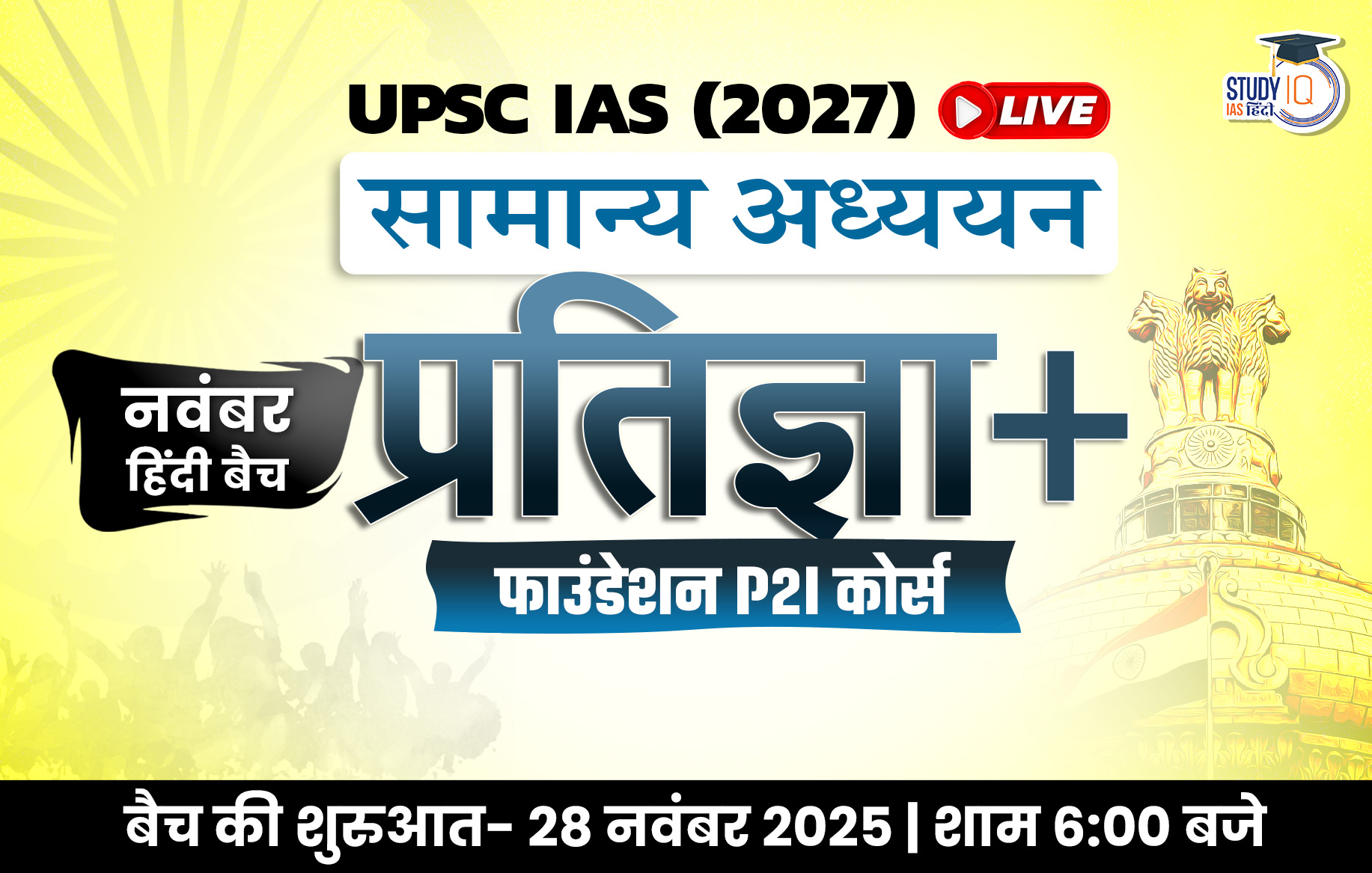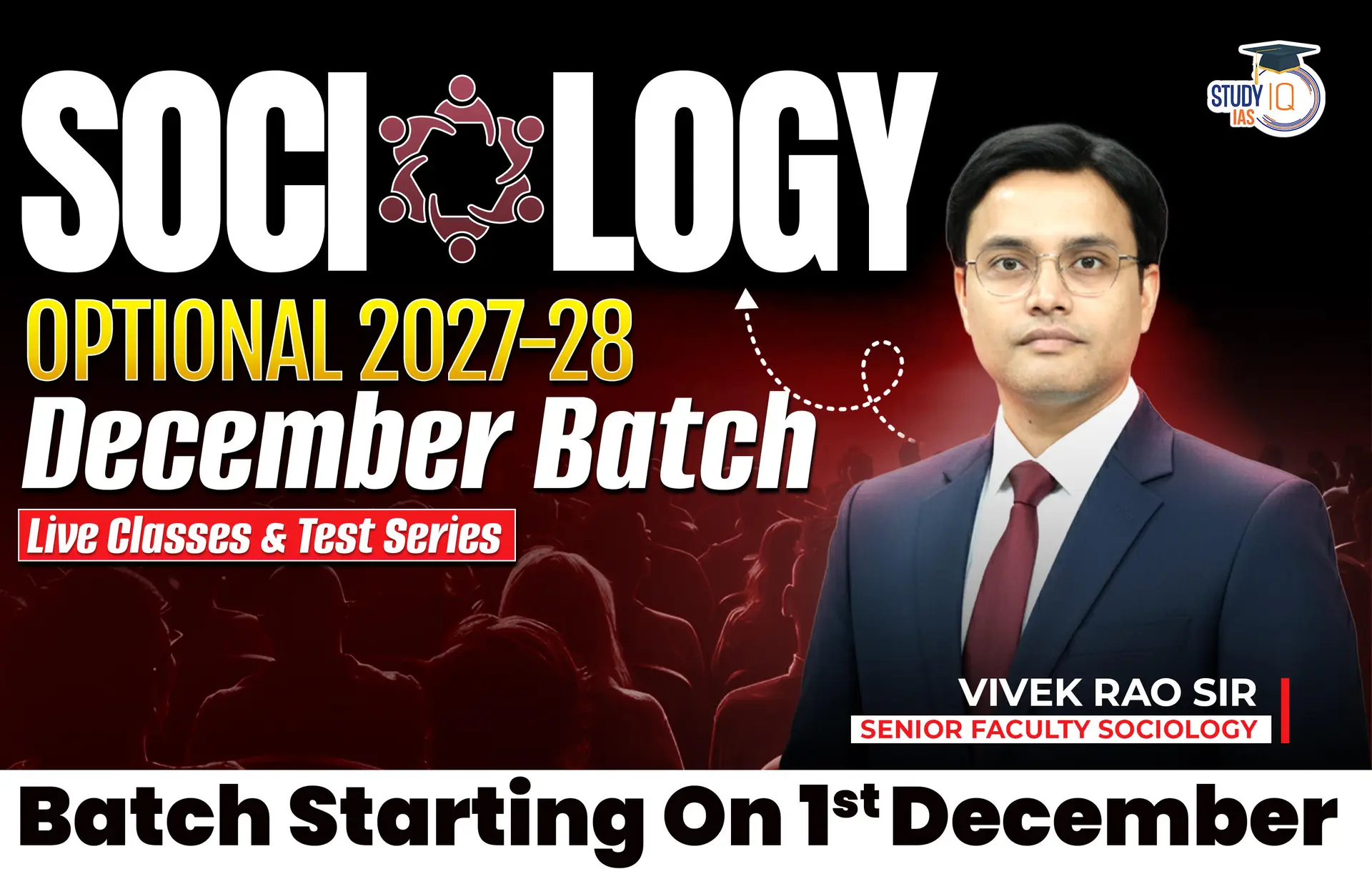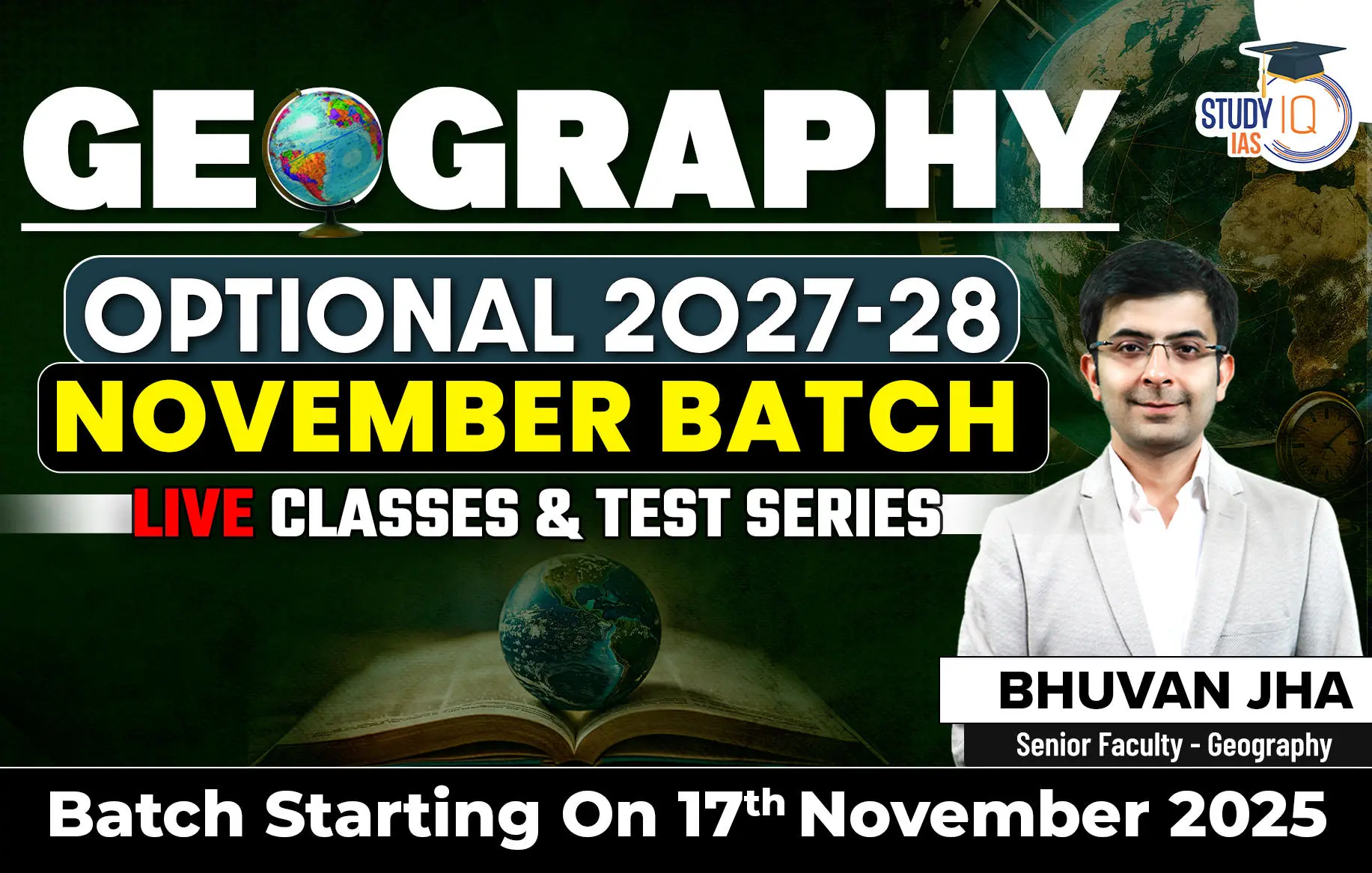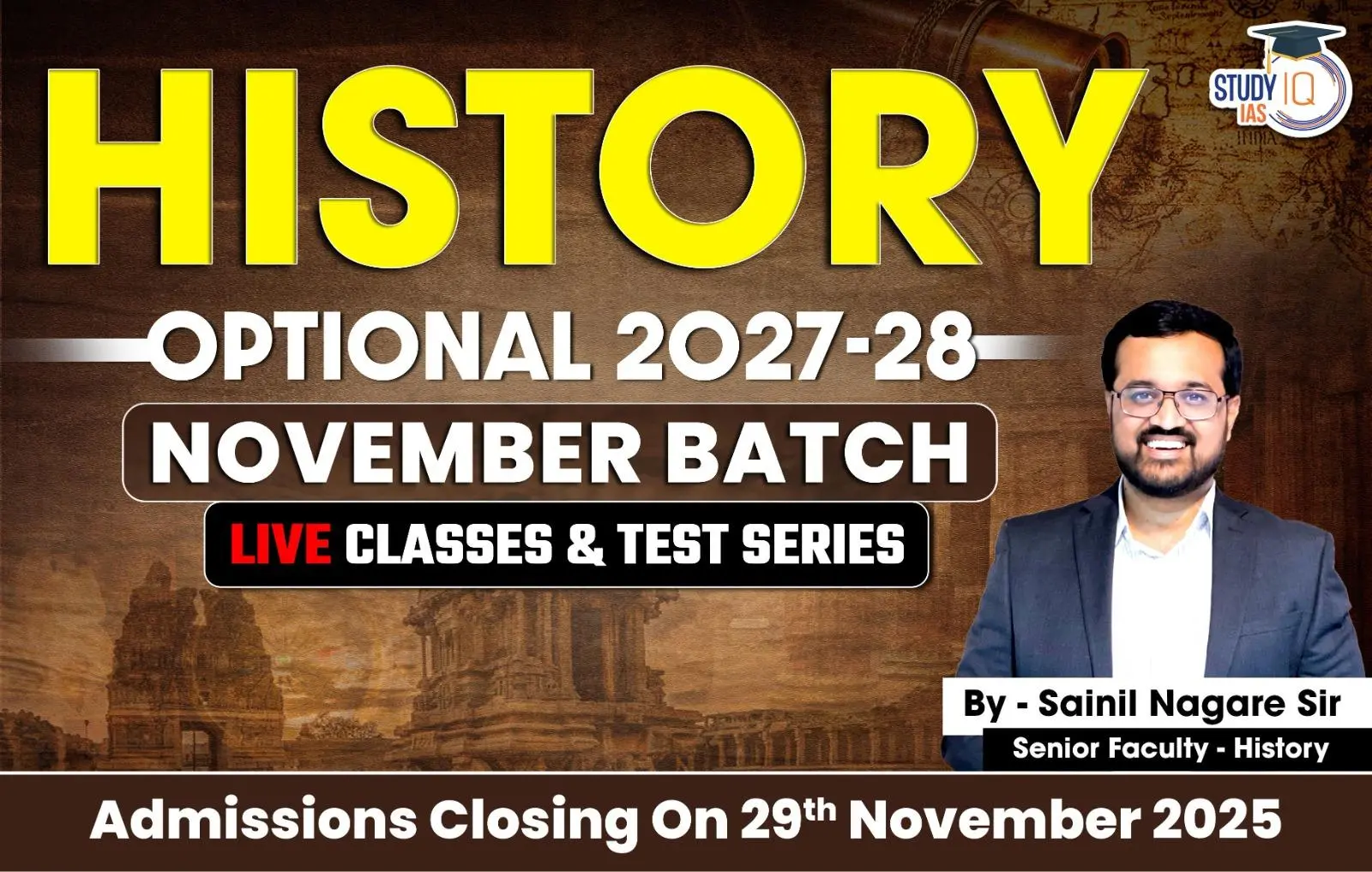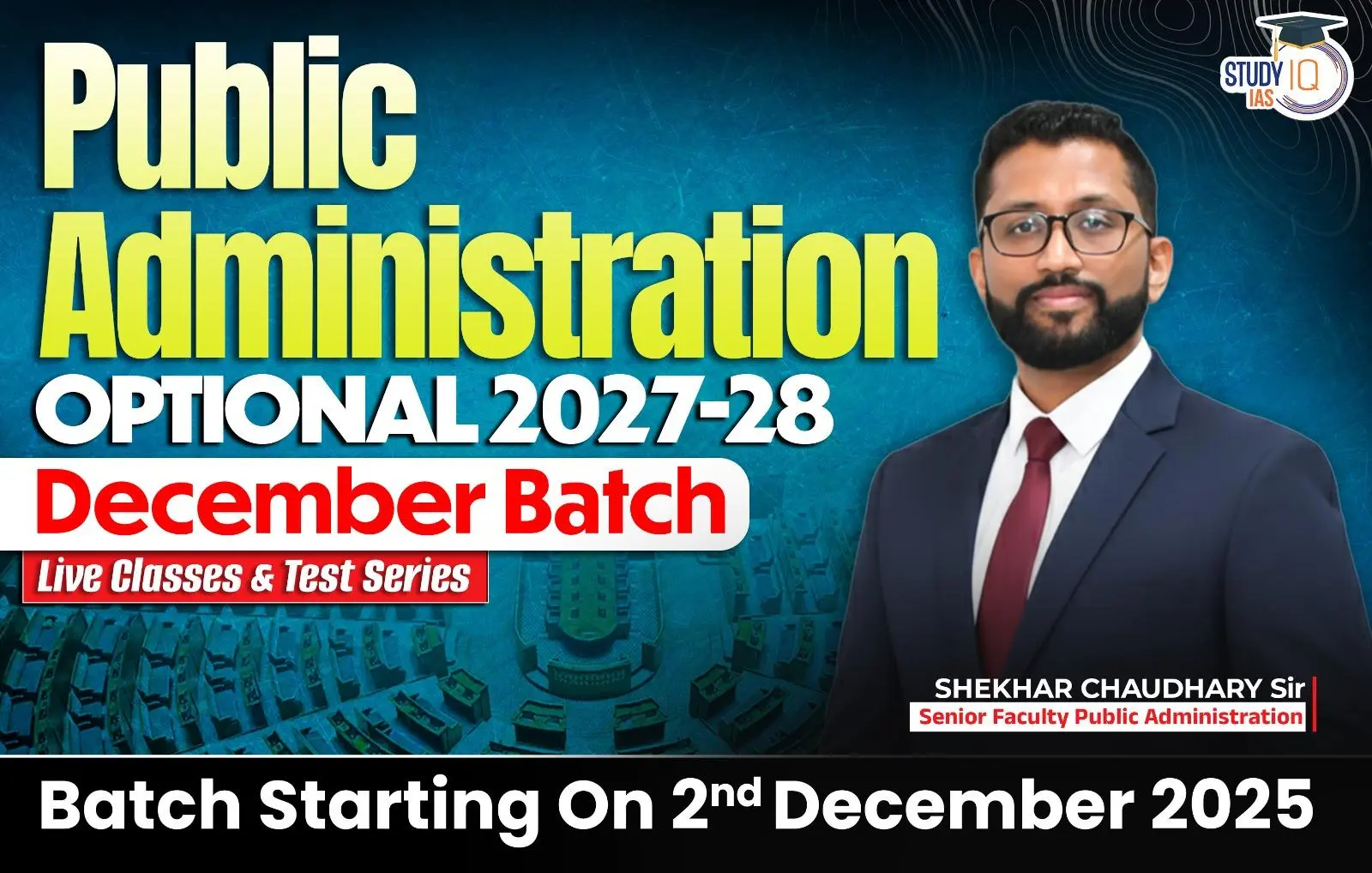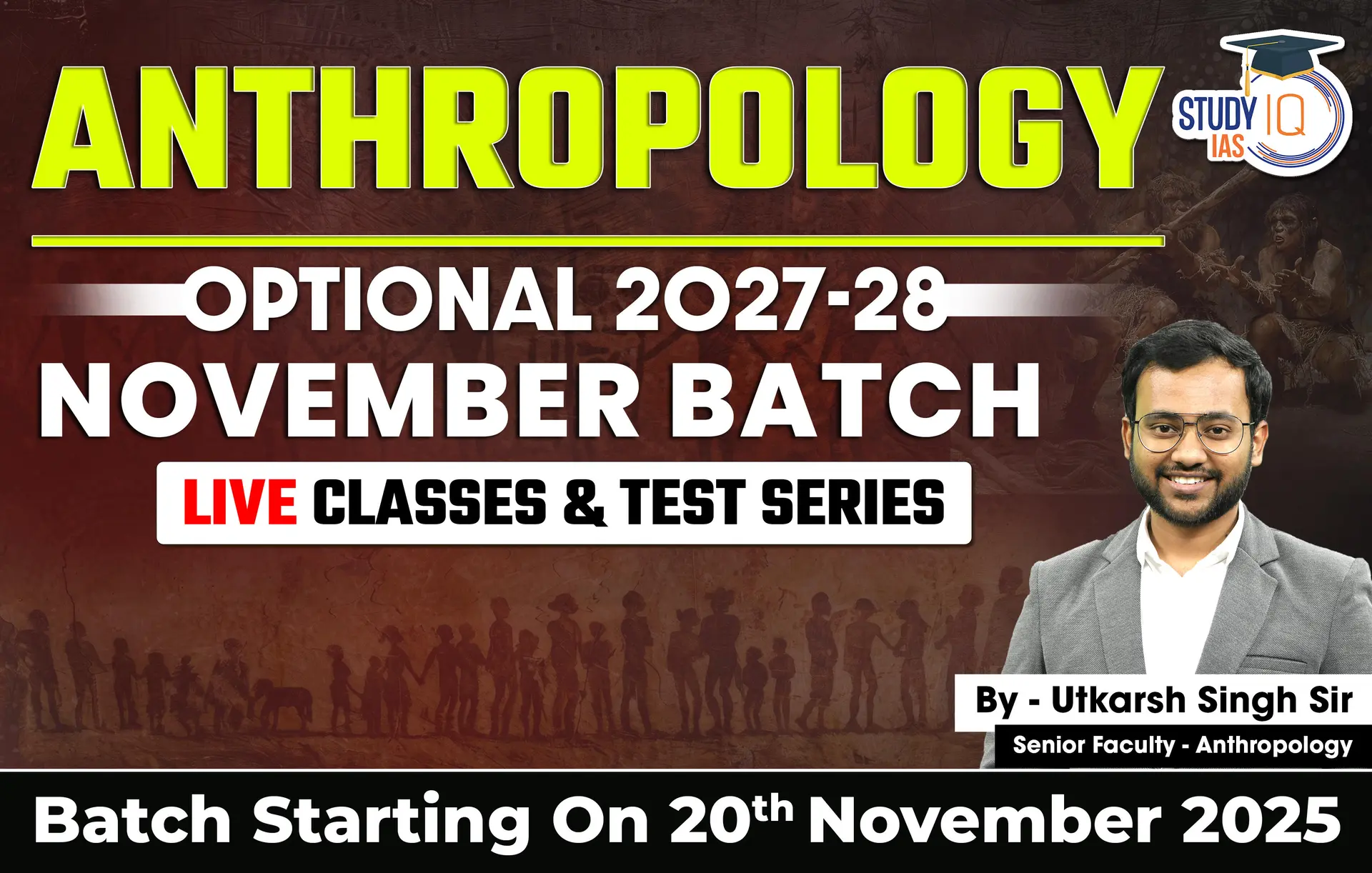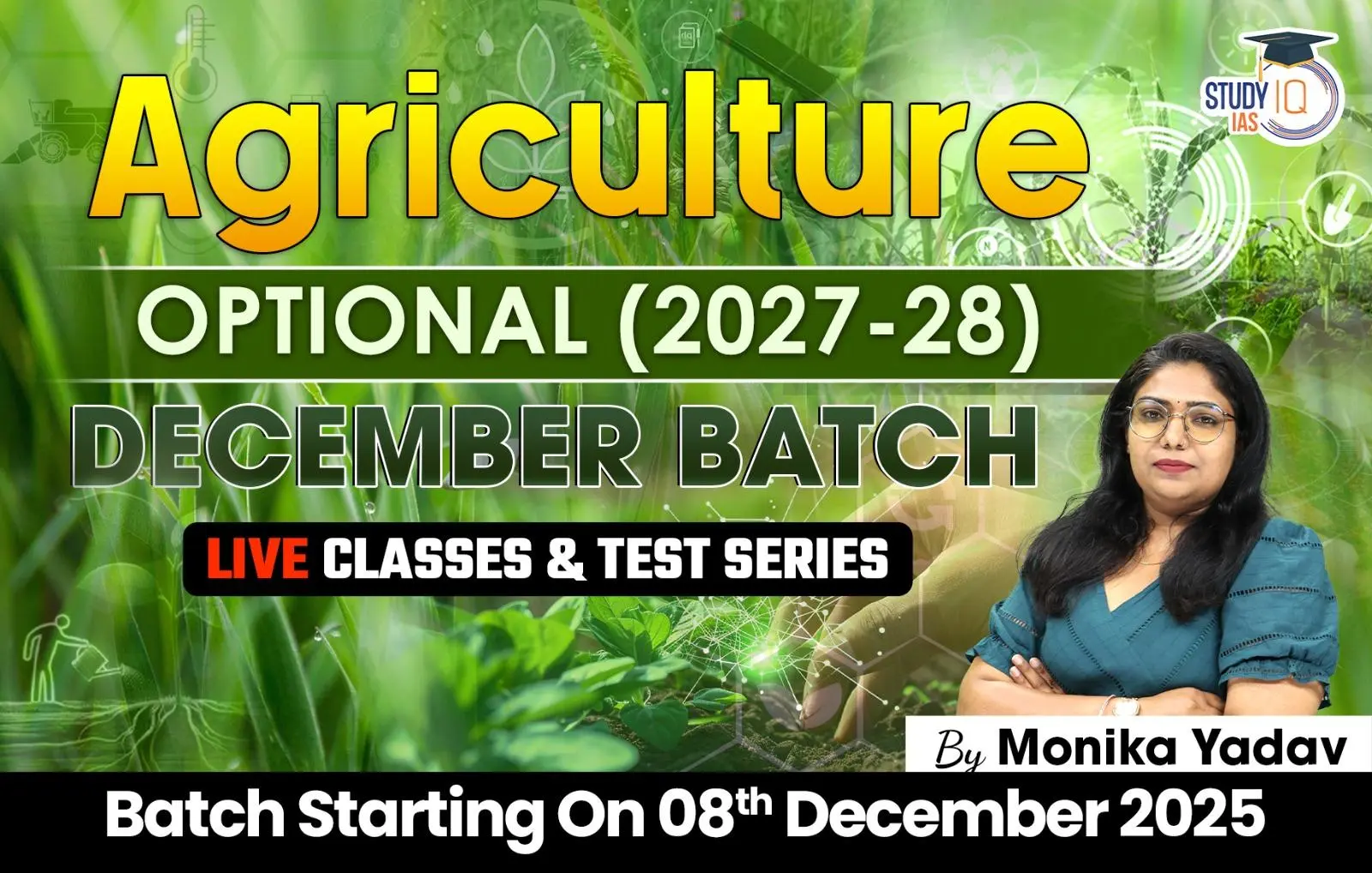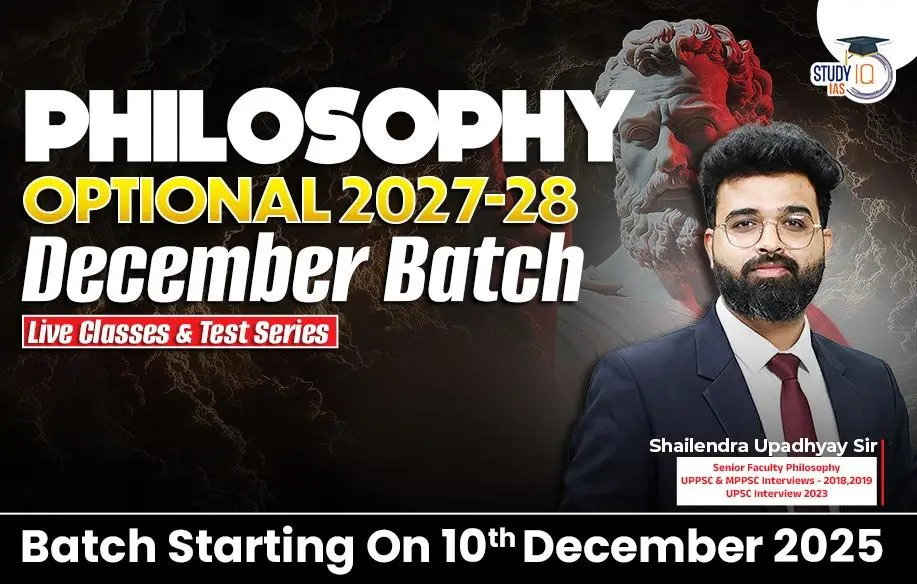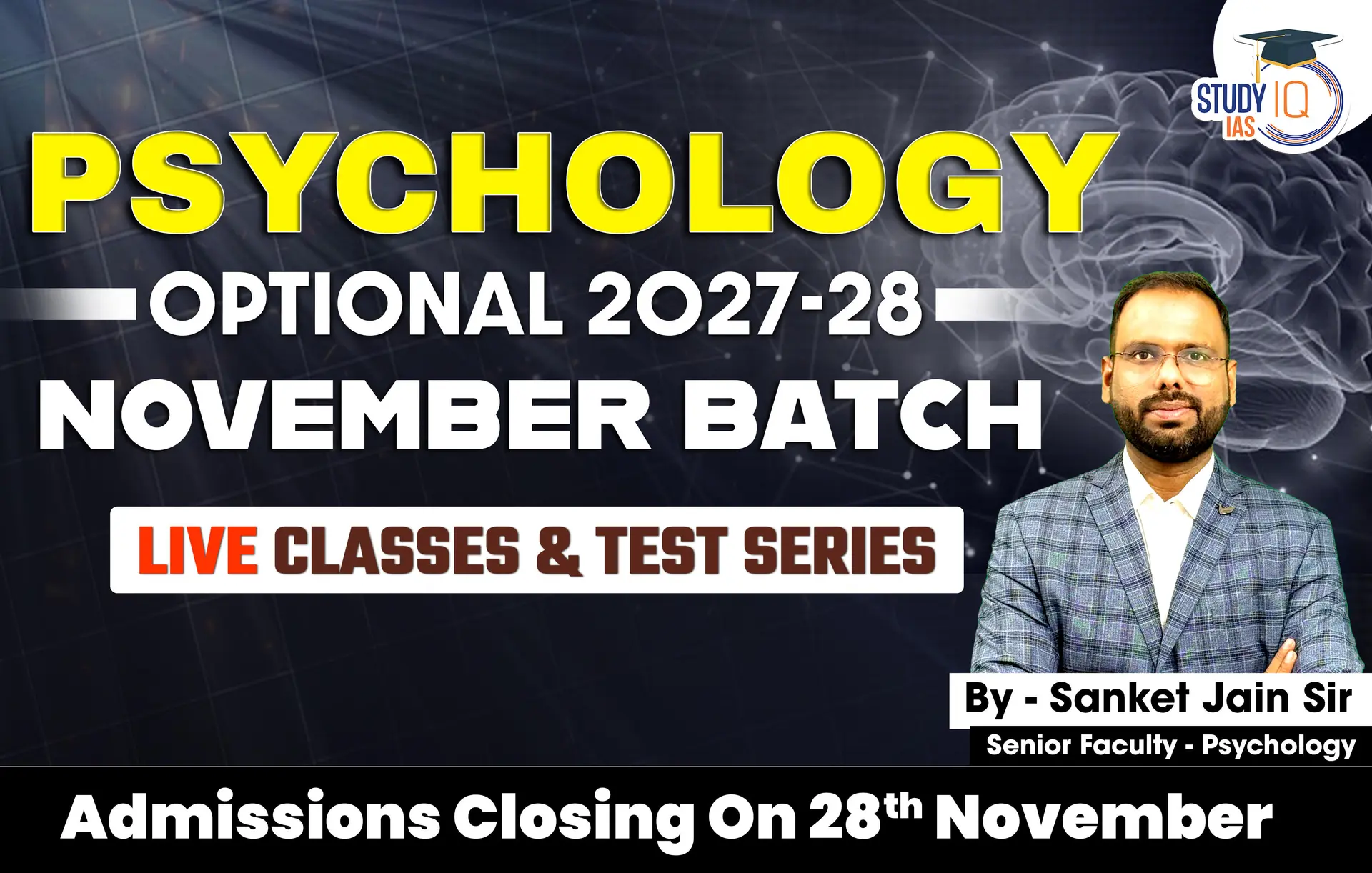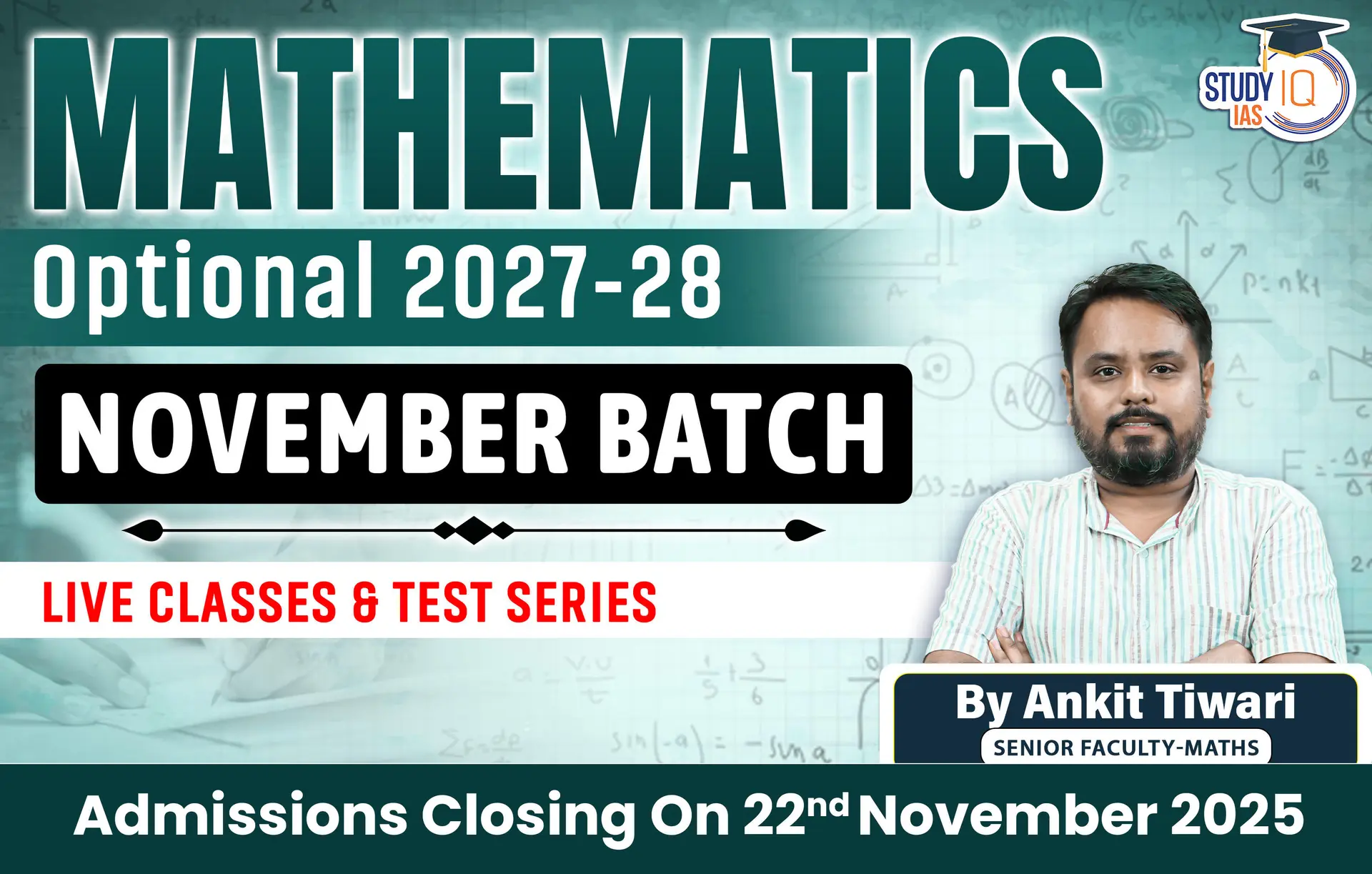Table of Contents
The Indian government has announced in the Lok Sabha that BharatGen, the country’s first indigenously developed multimodal Large Language Model (LLM), will support all 22 scheduled Indian languages by June 2026. This ambitious initiative is a significant milestone in India’s journey toward AI self-reliance, ensuring that cutting-edge technology is inclusive and accessible to its diverse linguistic population.
What is BharatGen?
BharatGen is India’s first government-funded multimodal LLM designed to handle text, speech, and image processing. It was officially launched in June 2025 during the BharatGen Summit. Unlike generic AI models, BharatGen is tailored to reflect India’s linguistic richness, cultural nuances, and contextual diversity.
Key Features of BharatGen
-
Multimodal Capabilities
-
Processes and generates output in text, speech, and image formats.
-
Enables AI applications in voice assistants, translation tools, and cultural content creation.
-
-
Language Inclusivity
-
Currently supports 9 Indian languages: Hindi, Marathi, Tamil, Malayalam, Bengali, Punjabi, Gujarati, Telugu, and Kannada.
-
Target: Support all 22 languages listed in the Eighth Schedule of the Indian Constitution by June 2026.
-
-
Cultural Sensitivity
-
Trained on Bharat Data Sagar, a multilingual dataset repository that reflects Indian traditions, idioms, and contexts.
-
-
Government-Led Development
-
Spearheaded by the Department of Science & Technology (DST) under the National Mission on Interdisciplinary Cyber-Physical Systems (NM-ICPS).
-
Executed by the TIH Foundation for IoT and IoE at IIT Bombay in collaboration with IITs, IIMs, and IIITs.
-
Bharat Data Sagar – The Backbone of BharatGen
The Bharat Data Sagar is a comprehensive multilingual data repository specifically curated for BharatGen.
-
Includes millions of text, speech, and visual datasets from various Indian regions.
-
Ensures bias reduction and representation of under-resourced languages.
-
Plays a key role in making BharatGen a contextually aware AI model.
Impact and Use Cases
BharatGen is expected to revolutionize AI applications in India across multiple sectors:
-
Education: Multilingual AI tutors and learning material generators.
-
Healthcare: Regional language chatbots for telemedicine.
-
E-Governance: Citizen services in native languages.
-
Cultural Preservation: Digitization and AI-based restoration of regional literature and folk traditions.
-
Media & Content: Automated translation, dubbing, and content creation in local languages.
Timeline and Future Goals
| Milestone | Target Date | Details |
|---|---|---|
| Launch | June 2025 | Official debut during BharatGen Summit |
| Current Languages | August 2025 | 9 languages supported |
| Expansion Phase 1 | December 2025 | Support for 15 languages |
| Full Rollout | June 2026 | All 22 scheduled Indian languages covered |
Why BharatGen Matters for India
-
Digital Inclusion: Breaks the language barrier for millions of Indians.
-
AI Sovereignty: Reduces dependence on foreign AI models.
-
Economic Growth: Empowers startups to build India-centric AI applications.
-
Cultural Preservation: Keeps linguistic heritage alive in the digital age.
Conclusion
BharatGen represents India’s technological leap toward inclusive AI. With its goal of covering all 22 scheduled Indian languages by June 2026, it promises to be a transformative force in education, governance, and industry. By combining advanced AI capabilities with deep cultural understanding, BharatGen is not just a tech innovation—it’s a symbol of India’s digital empowerment.

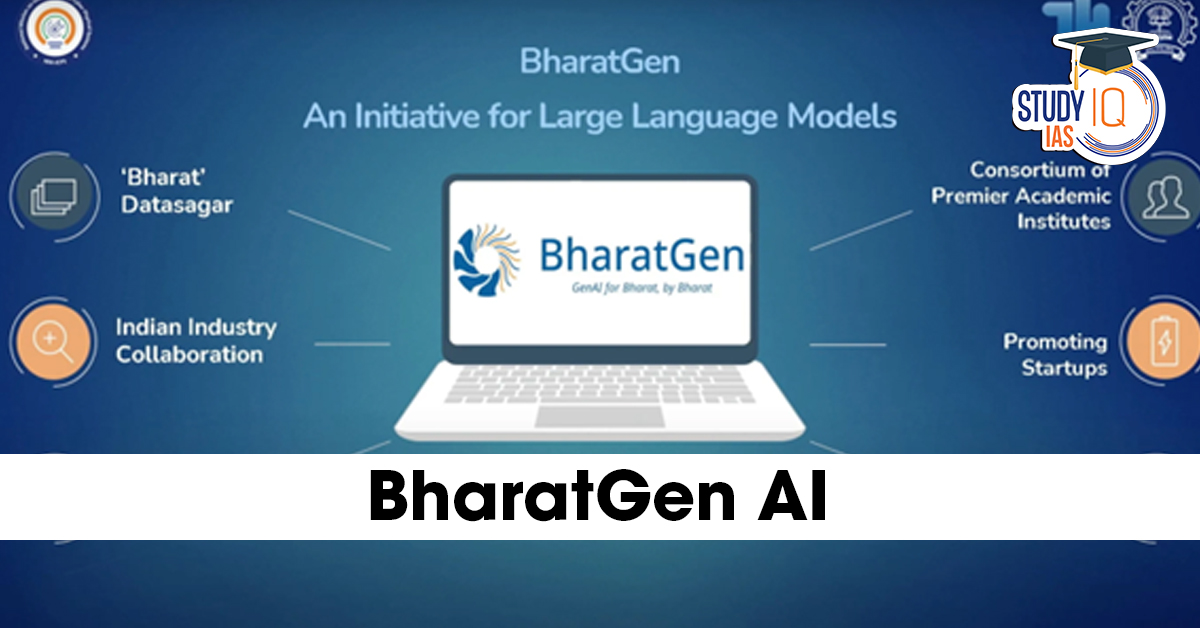
 Miss Universe Winners List From 1952 to ...
Miss Universe Winners List From 1952 to ...
 RUDRA Brigade: The Biggest Transformatio...
RUDRA Brigade: The Biggest Transformatio...
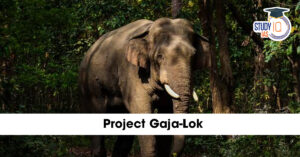 Project Gaja-Lok: INTACH Launches Landma...
Project Gaja-Lok: INTACH Launches Landma...

